12 Creative Ways People Got Through the Great Depression
When money dried up and days dragged on, people found their own ways to stay occupied. During the Great Depression, entertainment was built around whatever materials and spare hours they had. It might sound unusual now, but it kept people distracted, connected, or gave them something to hold onto during long, empty stretches.
Here’s how people got through when there wasn’t much else.
Listening to the Radio
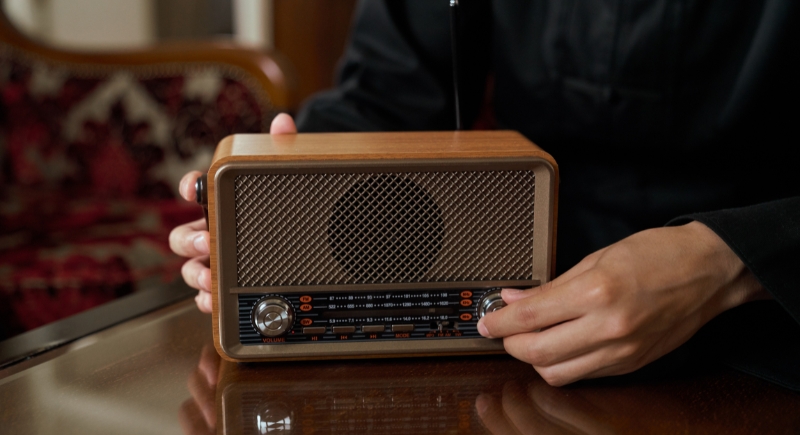
Credit: pexels
By the mid-1930s, most households owned a radio. Families ended the day gathered around, tuning in to listen to comedies, serialized dramas, live music, or Roosevelt’s fireside chats.
Playing Monopoly

Credit: pexels
Monopoly came at a time when few could afford the kind of real estate the game made light of. You could pass hours moving tokens and building pretend fortunes. It stirred up conversation and broke up the quiet in a way everyone could take part in.
Throwing Together Haunted Houses
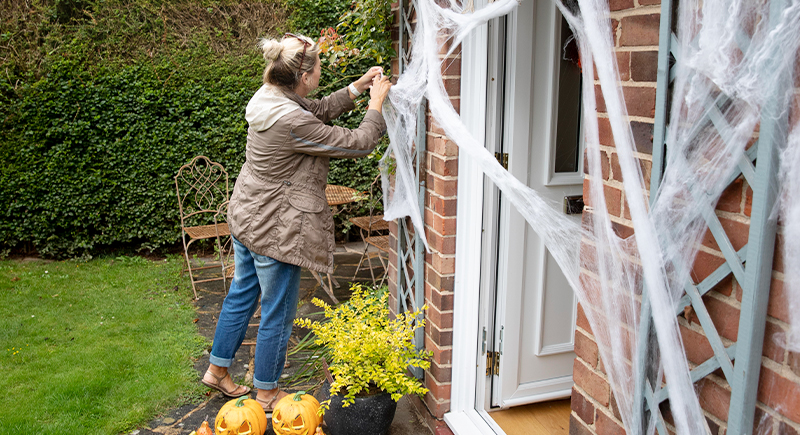
Credit: freepik
After Halloween vandalism got out of control in 1933, neighborhoods began organizing parties and haunted houses to keep kids busy. They made do with scraps, old fabric, and more from basements and closets. The result was eerie enough to keep kids entertained.
Swallowing Goldfish
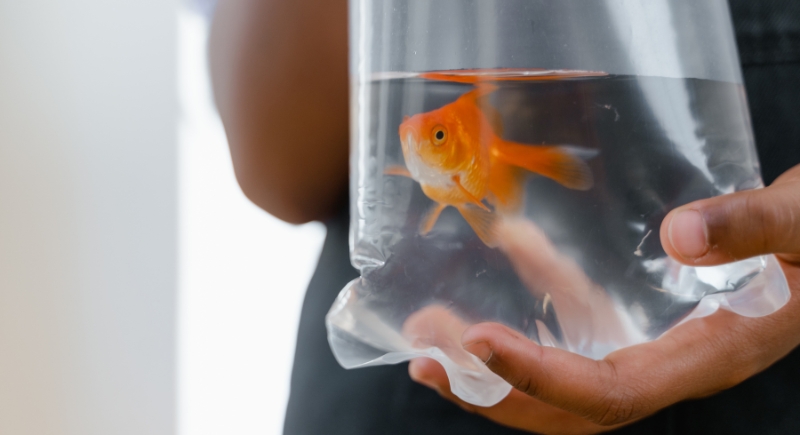
Credit: pexels
In 1939, a student at Harvard downed a live goldfish as a dare. The stunt got attention, and within weeks, it had spread to campuses around the country. Goldfish swallowing wasn’t exactly pleasant to watch, but it drew crowds curious to see how far someone would go.
Building Soapbox Cars
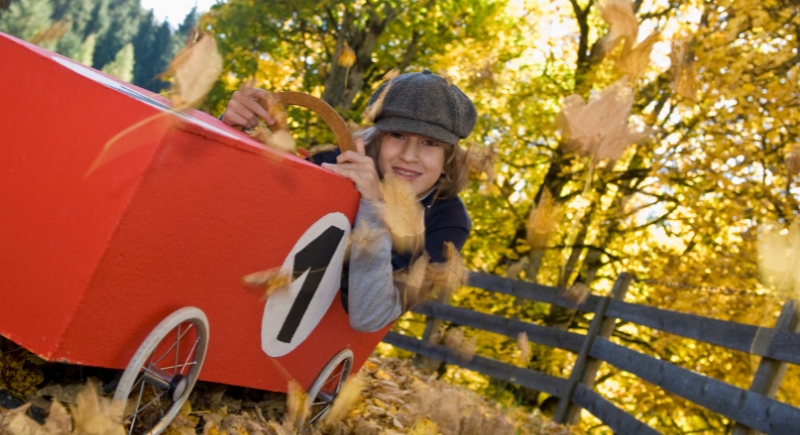
Credit: Getty Images
Even with nothing new to buy, children still built racers from junk, using scrap wood, discarded wheels, and bolts they dug out of junk piles. Once finished, they took them downhill by steering with rope or makeshift axles. The local buzz eventually led to a national competition, leading to the official Soapbox Derby in Akron.
Watching Dance Marathons

Credit: Wikimedia Commons
Dance marathons offered exhausted contestants the chance to earn money or shelter, as long as they kept their feet moving. Breaks were short, and sometimes dancers slept standing up while leaning on their partners. Some contests dragged on far longer than anyone expected. Eventually, cities cracked down and brought them to a stop.
Tree-Sitting Contests
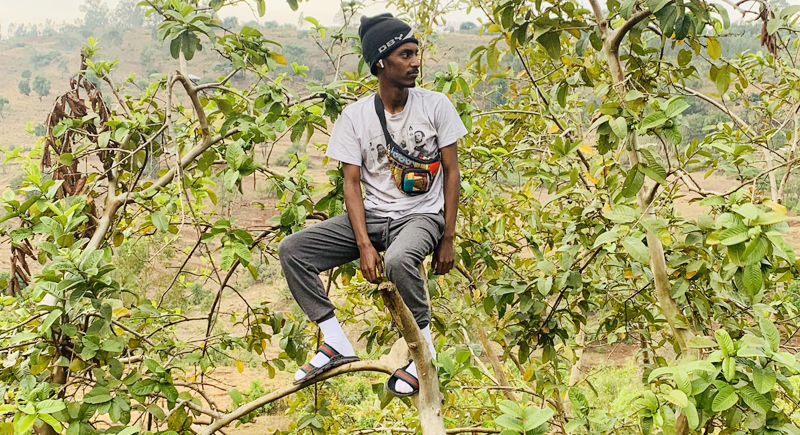
Credit: Wikimedia Commons
These started as a joke and became a strange kind of bragging right. Little ones would climb up and stay put for as long as they could. Someone might send up snacks or yell encouragement, but mostly it was about staying still and not backing down.
Gambling to Feel in Control

Credit: Canva
In the early 1930s, Nevada legalized gambling, and other places saw a rise in unofficial betting. Poker tables, horse tracks, backroom dice games— betting felt like one of the few choices left.
Going to the Movies
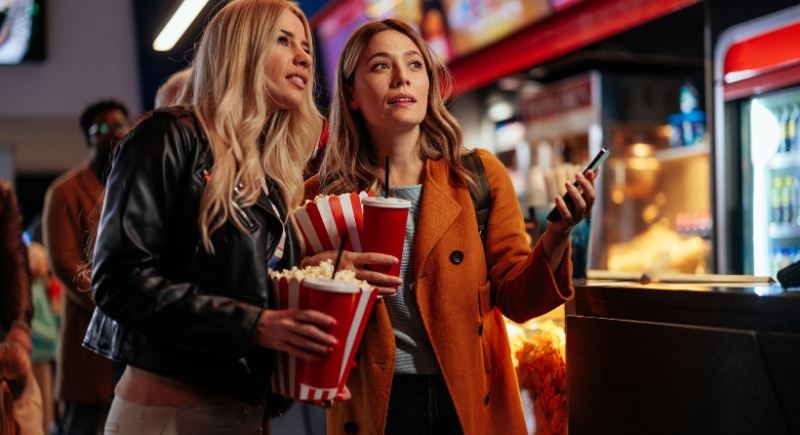
Credit: Getty Images
Studios rolled out musicals, adventure films, and romances in full color and sound, and audiences kept coming back. Theaters were affordable, the stories over-the-top, and for a couple of hours, audiences had a reason to sit still and get lost. Films like Oz or Snow White were a pleasant break from reality.
Solving Jigsaw Puzzles
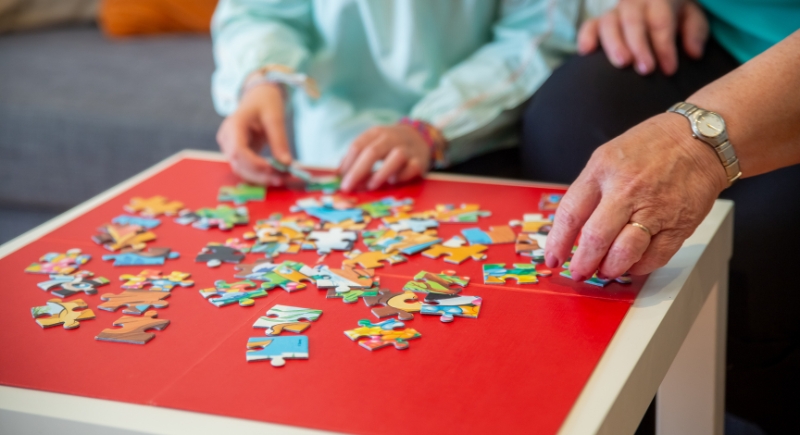
Credit: pexels
Jigsaw puzzles filled the long, quiet hours in many homes. They didn’t cost much, lasted for weeks, and you could spend time on it alone or invite someone to help. That small progress helped people stay engaged.
Reading Comics—and Disagreeing Over Them
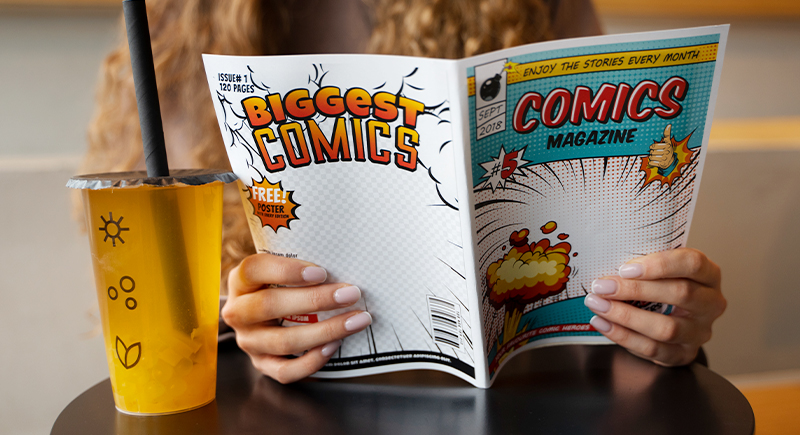
Credit: freepik
Little Orphan Annie and Dick Tracy were some comics that were wildly popular, but not without debate. Annie’s adventures were paired with clear political messages—her creator, Harold Gray, opposed FDR and folded his opinions within the strip. It stirred more opinions than the headlines sometimes did.
Using the View-Master
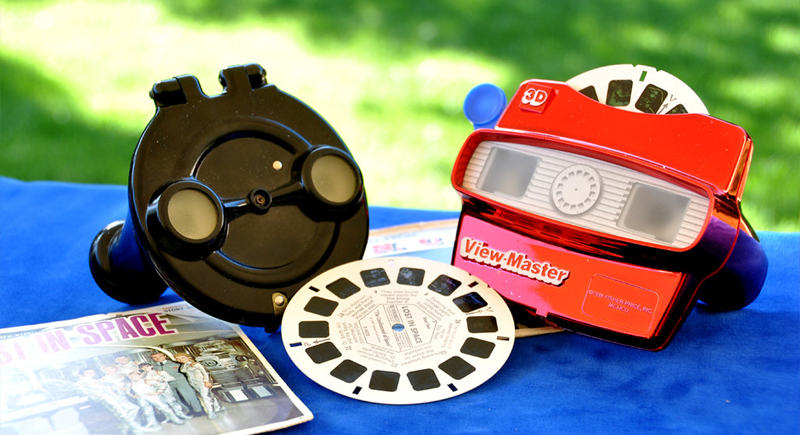
Credit: flickr
Thanks to the invention of the View-Master in 1939, people could flip through 3D scenes of far-off places, animals, or cartoons with a simple handheld viewer and a disk of color images.
Playing Stickball
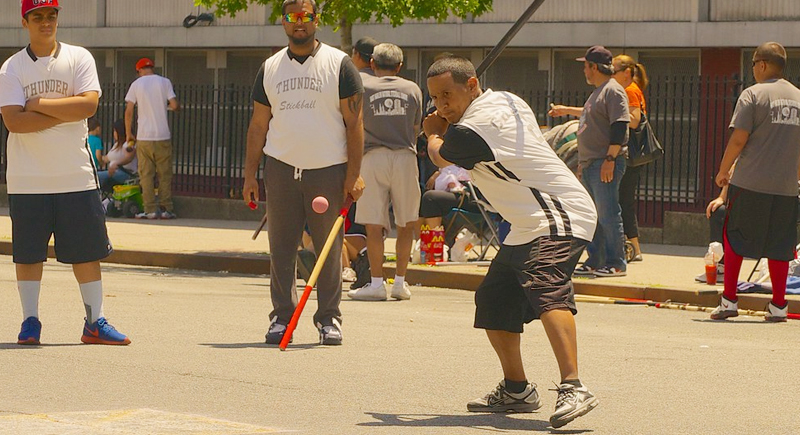
Credit: flickr
Urban kids used broomsticks and rubber balls to transform alleys and side streets into ballfields. The rules changed depending on the street. You didn’t need equipment or permission, just a few willing players and a stretch of pavement. These games got loud, competitive, and sometimes out of hand, but they filled the time and kept kids in motion.
Going to Drive-In Theaters

Credit: flickr
When the first drive-in opened in 1933, it allowed people to watch movies without leaving their cars. Families packed snacks, pulled in early, and watched the screen through windshields.
Collecting Stamps

Credit: Wikimedia Commons
Stamp collecting offered a small, steady kind of focus. People saved stamps from letters, sorted them into books, and learned about where they came from. President Roosevelt collected them, too, which helped raise interest.